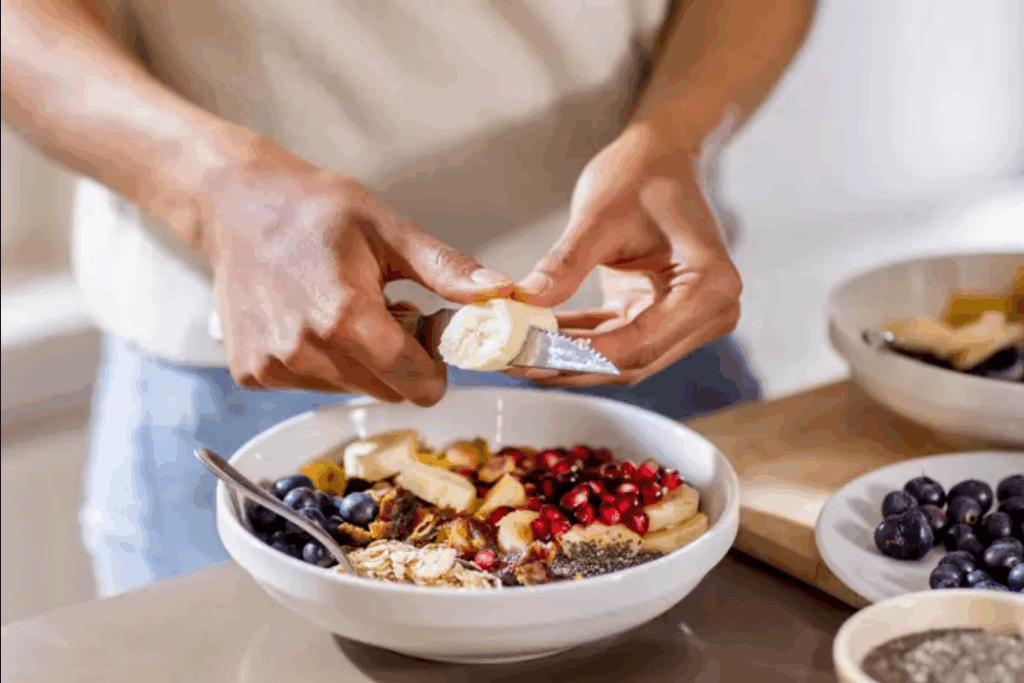You’ve likely seen boxers dramatically transform their bodies before stepping onto the scales, only to rebound with newfound energy on fight night. This weight-cutting process can be the difference between victory and defeat when done properly or a dangerous gamble when mishandled.
Whether you’re preparing for your first amateur bout or fine-tuning your professional routine, mastering safe weight management techniques will protect your health while maximizing your competitive advantage. The right approach begins long before fight week.
Understand Your Ideal Cutting Timeline
When planning your weight cut for an upcoming fight, timing is everything. To understand your ideal cutting timeline, start your weight reduction process 2-3 weeks before your boxing match preparation rather than cramming it into the final days. This approach allows your body to shed pounds gradually without sacrificing performance.
Focus on gradual fat loss in the early weeks, which preserves muscle and energy stores better than rapid water cutting. Map out your schedule backward from weigh-in timing, with different phases for fat loss and final water weight adjustments. The most successful fighters maintain a weight that’s within 10% of their fighting class year-round, making the cutting process less stressful on their bodies and performance.

Diet Adjustments to Cut Weight Effectively
A successful weight cut in boxing comes from nutrition. There will be strategic diet adjustments needed to lose weight while retaining strength. Start by limiting calories to 300-500 below maintenance. It reduces fat without sacrificing lean mass.
Manipulate your carb intake through carb cycling: consume higher amounts on training days and reduce them on rest days. This approach maintains energy while shedding water weight. Watch your sodium intake carefully, gradually reducing it in the final week to minimize water retention.
Prioritize protein (1.2-1.5g per pound of bodyweight) to preserve muscle during your cut. Fill your plate with fibrous vegetables that provide essential nutrients without excessive calories. These adjustments guarantee you’ll make weight while maintaining the power you need on fight night.

Safe Water Manipulation Techniques
Although strategic water management plays an essential role in weight cutting, it’s where many boxers make dangerous mistakes. To implement safe water manipulation techniques, start by increasing your water intake to 1.5-2 gallons daily about 5-7 days before weigh-in. It trains your body to flush excess water efficiently.
Gradually reduce your intake in the final 48 hours, but never cut water completely. It prevents dangerous dehydration risks that can impair performance and health. After weighing in, follow a structured rehydration strategy with small, frequent sips rather than chugging large amounts.
Don’t forget to maintain electrolyte balance throughout your cut. Sports drinks and salt tablets can help prevent the muscle cramps and mental fog associated with rapid weight loss while supporting proper cellular function.

Managing Training During the Cut
While many boxers focus solely on diet and water manipulation, properly adjusting your training regimen during weight cutting is equally essential for success. As fight day approaches, reduce your training intensity by 30-40% to prevent excessive glycogen depletion that could harm performance maintenance.
Replace grueling cardio sessions with strategic sweat sessions. Do lighter workouts designed to burn calories without depleting energy reserves. These might include shadow boxing, light bag work, or mobility drills wearing extra layers.
Plan meals and training around your peak energy needs. Eat small protein-carb meals 2-3 hours before workouts and refuel with protein 30 minutes after. In the last 48 hours, do technical work and visualization before you do any physically demanding exercises.
Rehydration and Refeeding After Weigh-In
Once you’ve successfully made weight, the critical process of rehydration and refeeding begins. Instead of gulping water immediately, sip it continuously during your recovery period to maximize absorption without bloating. Your body will thank you.
Focus on strategic refeed meals with easily digestible carbs like white rice or sweet potatoes paired with lean protein. This combination helps replenish glycogen stores without overwhelming your digestive system.
Electrolytes are non-negotiable. They restore proper metabolic function and muscle contraction. Supplement with sodium, potassium, and magnesium to accelerate recovery from water loading effects.
Remember that how you rehydrate directly impacts your performance. A rushed, unplanned refeed can negate all the discipline of your weight cut and leave you sluggish on fight night.
Mistakes to Avoid While Cutting Weight
Many boxers sabotage their performance by making preventable weight-cutting errors that compromise their fight readiness. The most dangerous mistake is attempting drastic cuts in the final 24-48 hours, which depletes glycogen stores and leaves you mentally foggy and physically weak.
Don’t rely excessively on sauna suits for weight loss. This approach primarily sheds water, not fat, and can severely dehydrate you. Equally harmful is maintaining high training intensity during your cut, which increases injury risk and prevents proper recovery.
Avoid skipping meals completely, which triggers metabolic slowdown. Instead, reduce portions strategically. Finally, don’t ignore your body’s response to the weight-cutting process. What works for another fighter might deplete your performance in the ring.
Frequently Asked Questions
Should I Take Supplements During Weight Cutting?
Stick with electrolytes during weight cutting, but avoid diuretics. Protein supplements can help maintain muscle mass, but don’t rely on fat burners or pre-workouts that might dehydrate you further.
Can I Use Saunas for Cutting Weight Before Fights?
You can use saunas for cutting weight, but limit sessions to 15-20 minutes and don’t rely on them exclusively. They’re best for small adjustments (1-2 pounds) in the final days before weigh-in.
How Does Age Affect Safe Weight Cutting Limits?
As you age, your body recovers more slowly, so you’ll need to cut less weight. Older fighters should aim for 3-5% of body weight compared to younger athletes who might safely cut 7-10%.
What’s the Mental Impact of Cutting Weight?
Weight cutting can cause irritability, brain fog, and reduced focus due to hunger and dehydration. You’ll face mental challenges that test your discipline. Managing these psychological effects is essential for maintaining fight-night performance.
Are There Differences in Weight Cutting for Women Boxers?
Yes, women boxers face unique challenges when cutting weight. You’ll need to account for hormonal fluctuations, higher essential fat percentages, and potentially different hydration patterns. Plan your cuts around your menstrual cycle for better results.




